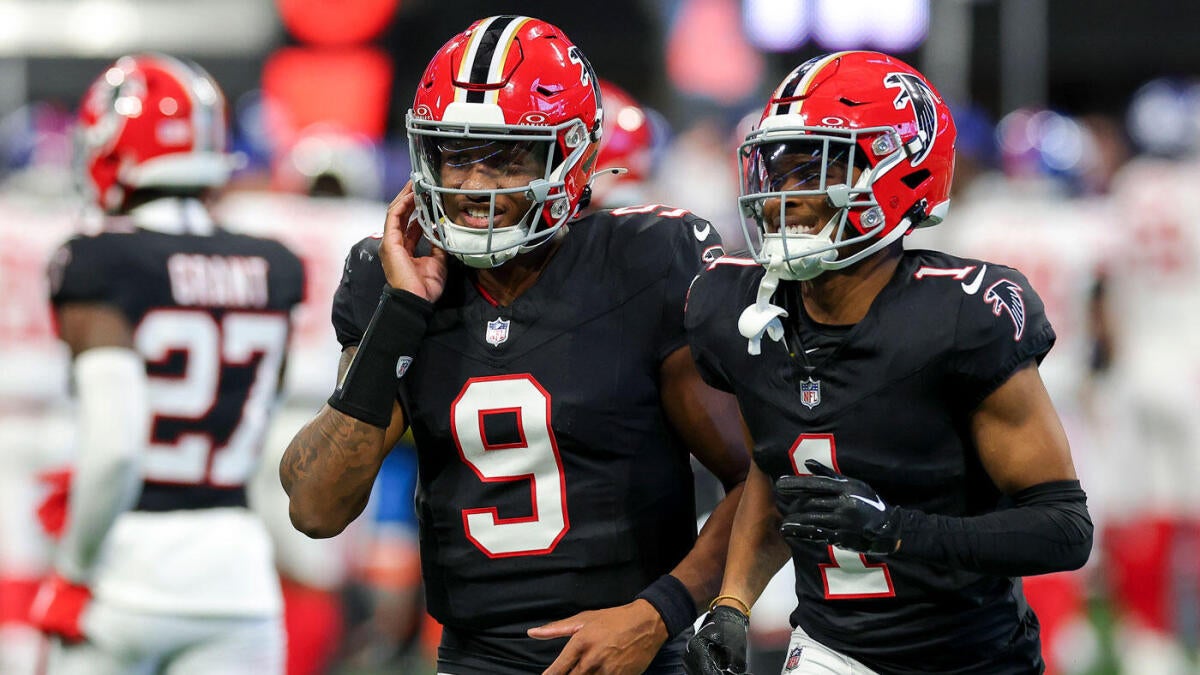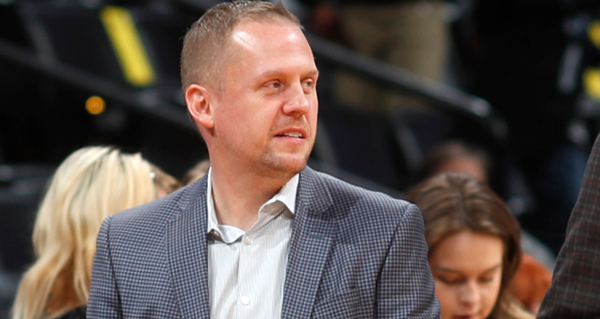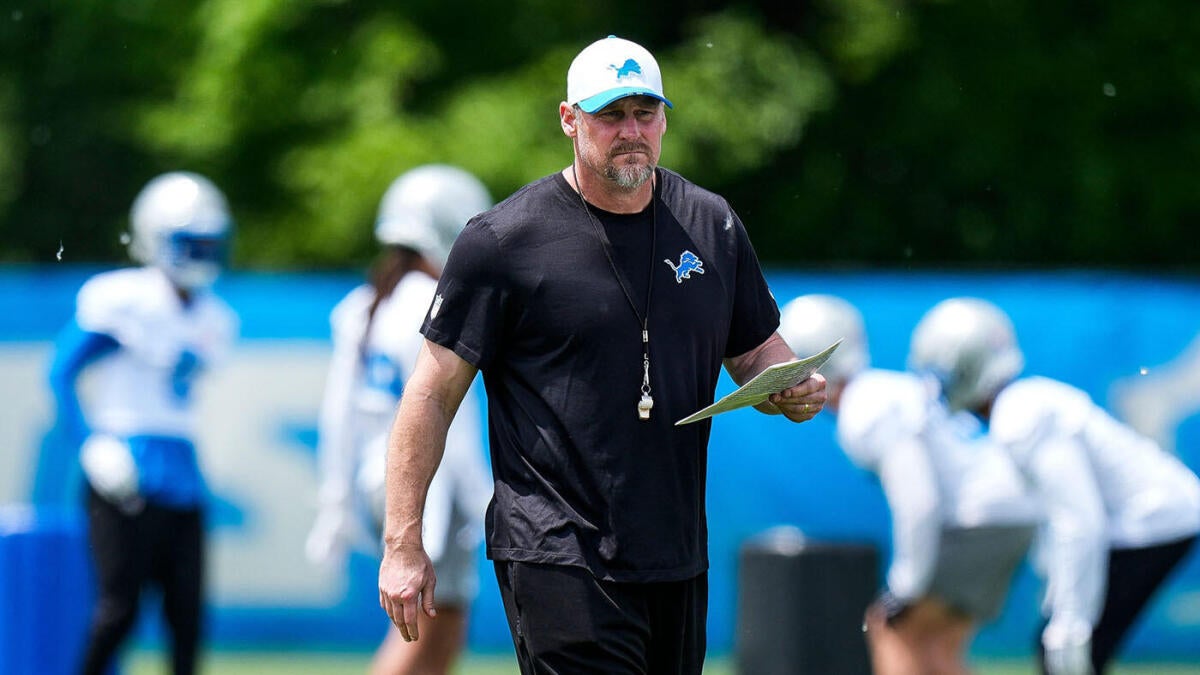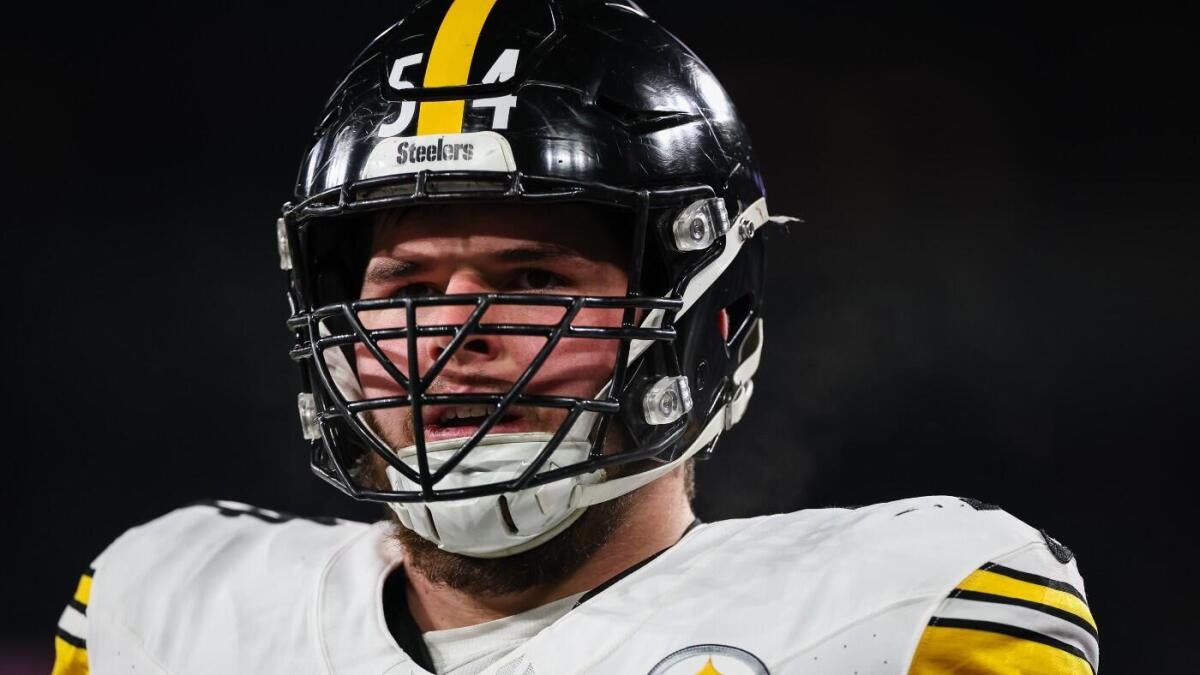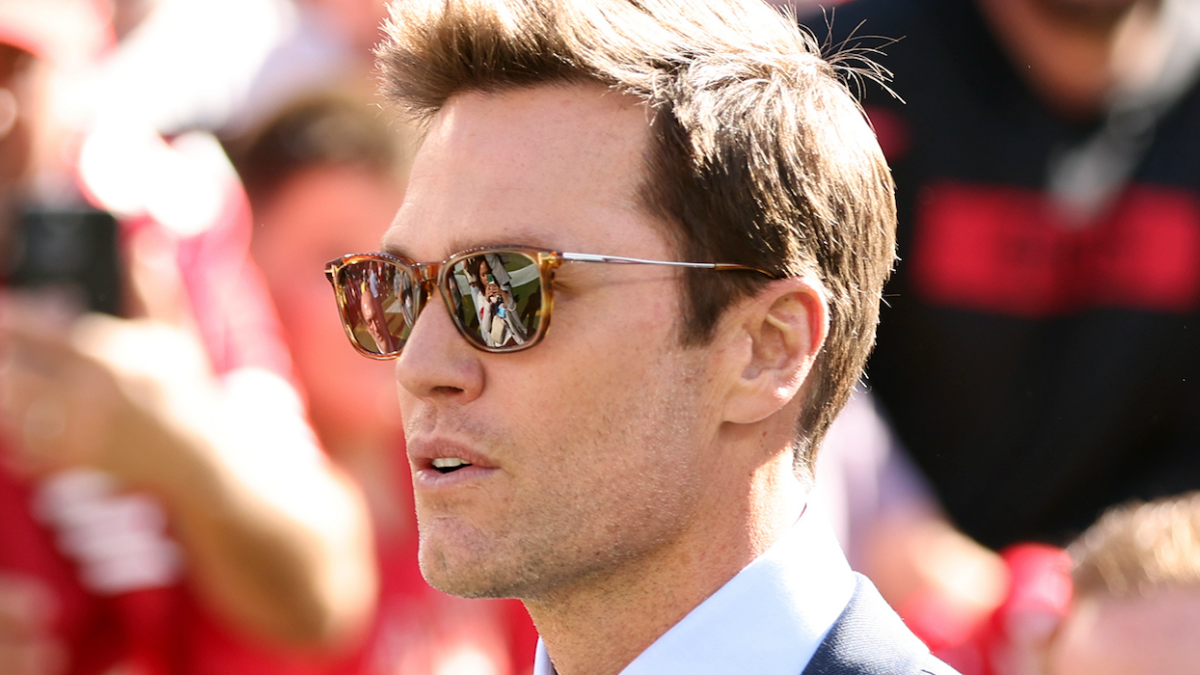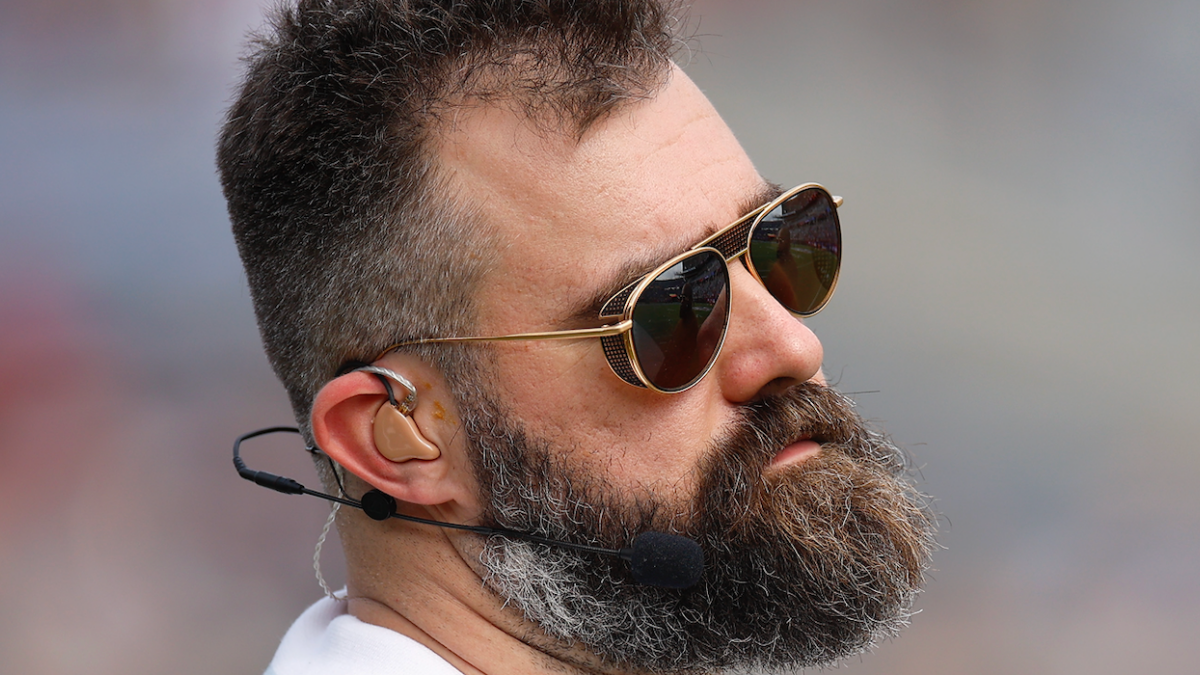
Pick and roll. Two-man game. Bread and butter of modern basketball. Almost every possession in the NBA or EuroLeague ends with some variation of it. Stop it – and you’ve got a real shot at winning. Let it flow – and you’re toast. Coaches know this. Players feel it. But how do you shut it down without collapsing your entire defence? That’s where it gets interesting. Some might even say figuring out pick and roll defence is like mastering the Chicken Road crossing game – it looks simple at first glance, but the deeper you go, the more layers and strategies you find. Let’s break it all down, piece by piece.
Drop Coverage: Old Reliable
Classic. Simple. Safe. Drop coverage is the go-to scheme when you’ve got a mobile big who can protect the rim and still move his feet.
In drop, the big man hangs back near the paint, “drops” under the screen, waiting to contain the drive while keeping an eye on the roller. Meanwhile, the guard fights over the screen to stay attached to the ballhandler. The goal? Force a mid-range shot. Those aren’t efficient. Let ’em take it.
Why it works:
- Keeps your rim protector in position
- Forces tough pull-up jumpers
- Limits fouls and rotations
But here’s the catch:
- Doesn’t work well against elite shooters
- Vulnerable to short-roll playmakers
That’s why drop is great against average creators, but not when you’re facing someone like Steph, Luka or Shved. They’ll pick it apart.
Switching: Versatility at a Price
Switch everything. Simple to say, hard to execute. Teams with long, switchable defenders lean on this a lot. No overthinking – just swap matchups and stay in front.
But this ain’t always sunshine. Switch too much, and you end up with your 6’4 guard battling a 7-footer in the post. Not ideal.
Switching works best when:
- Defenders are roughly the same size
- Everyone communicates like crazy
- Help rotations are sharp
Let’s be clear though. Switches aren’t just about bodies. They need timing. They need understanding. A lazy switch? Easy bucket.
Key points for effective switching:
- Pre-switch when you can (e.g. before the screen hits)
- Top lock shooters who love curling off screens
- Scram switch to remove mismatches before the ball arrives
Use it right, and switching turns pick and roll into a dead end.
Hedging: Aggressive Disruption
Hedging is loud. It’s high risk, high reward. The big jumps out to stop the ball – sometimes even blitzes it – trying to force it out of the guard’s hands.
You’ve seen it. Big man steps up, arms wide, cuts off angles. Ballhandler stutters. Pass gets rushed. Clock ticks down.
Best when:
- You’ve got a mobile, smart big
- Your back line rotates fast
- You want to change tempo and disrupt flow
But… hedge too hard, or too slow, and boom – 4-on-3. Now you’re scrambling. That’s why some teams only hedge in bursts. Change-ups. To confuse.
Hedge coverage needs:
- A centre who moves well laterally
- A help defender tagging the roll
- Rotations from the weak side
If even one guy sleeps, it falls apart.
Ice Defence: Squeezing the Sides
Now this one’s crafty. Also called “downing” the pick and roll. The idea? Don’t let the screen happen at all.
You send the ballhandler towards the sideline, away from the screen. Works great on side PnRs. Forces ball out of the middle – out of danger zones.
What you need to ice effectively:
- Guards who angle their defence properly
- Bigs ready to contain sideline drives
- Strong baseline help
It’s a chess move. Forces teams to reset or settle for isolation. If run well, ice can kill a team’s rhythm.
Traps, Zones and Junk Schemes
When standard options don’t cut it, coaches get creative. Trap the ball hard, throw a 2-3 zone look, maybe even box-and-1. All about surprise.
These are not sustainable long-term, but in spurts? Money. Especially late-game. Throw something weird, catch ’em slipping.
When to use non-traditional schemes:
- Opponent has one main creator
- Your team is long and athletic
- You need to disrupt flow or stall momentum
Mix them in. Keep the offence guessing.
Defensive Communication: The Glue
Doesn’t matter how smart your scheme is. If no one talks, it’s toast. Communication is the foundation of any good pick and roll defence.
Every defender should:
- Call out screens early
- Signal switches or drops
- Echo help and recovery
Talk saves points. Period. Doesn’t show up in the box score, but wins games.
Final Thoughts
There’s no single answer. Great teams mix it up. Drop against some lineups, switch versus others. Ice the side. Trap the hot hand. It’s all situational.
Good pick and roll defence is about knowing your tools and using them right. It’s part scouting, part chemistry, part instinct. The best squads don’t rely on one trick. They adapt. They read. And they always, always talk.
So next time you watch a game, keep an eye on how teams defend the PnR. Behind every stop is a plan – and often, a gamble. That’s the real game inside the game.
Go to Source
Author: Team Dunkest
May 16, 2025 | 10:15 am

